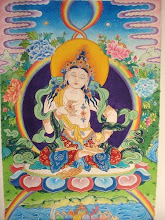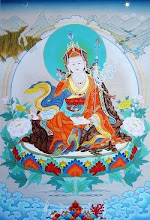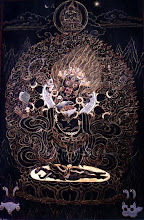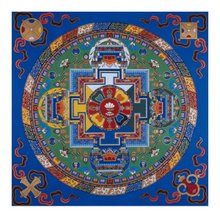
The first third of the film offers a brief overview of the subject, noting that Tibetan medicine is based on Buddhist philosophy and the practice of healing largely on prescription of changes to diet and lifestyle. Cultural differences enabled Tibetan scientists to make medical discoveries long before their western counterparts. Where in Europe bodies were typically buried and not available for vivisection, in Tibet they were cut up and fed to vultures. All healers had to do to learn about the human body was visit the burial grounds. In the 18th century their knowledge was codified and preserved in a folio of 80 paintings still used today as a teaching and mnemonic device in the study of medicine.

The remaining half hour is spent profiling a monk and practitioner of Tibetan healing arts in a community most viewers are unlikely to associate with Tibetan Buddhism, the frozen steppes of Siberia. Tuvan Dorje tells us about the difficult early years of his professional life in Buryat when the Soviet government regulated the monasteries and determined who could practice medicine. Today he has his own office in the capital city of Ulan Ude, where 20-30 patients visit daily for his services, which include medical as well as spiritual guidance. In one particularly touching scene, an elderly woman with stomach cancer comes seeking not so much medical advice as solace. She knows she is dying and Dorje encourages her to have faith and prepare for death. Later we see him presiding over her funeral, one of the many religious services he provides to his community. He also spends time with his nephew Genghis, training the young man in the collection, grinding and mixing of herbs. We later see them participating in a monastic ritual to spiritually fortify the herbs with mantras.

The Blue Buddha is a film worth tracking down. Though unavailable commercially, copies are currently in circulation via the internet. For a more detailed film treatment of the philosophy and principles of Tibetan medicine, you might like to try Tibetan Medicine: Compassionate Healing.
- Interview with director Aerlyn Weissman
- Informative review of currently available publications of Tibetan Medical Thangka, as well as many examples
#



























0 comments:
Post a Comment